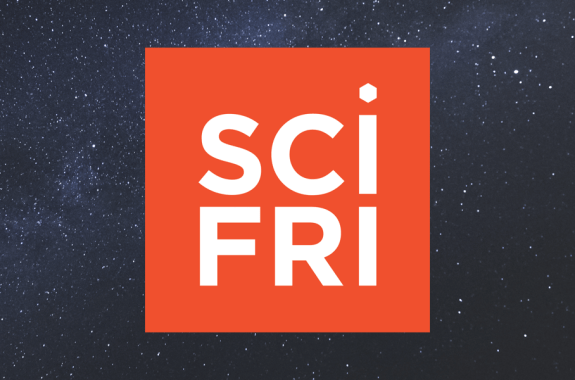December 5, 2025
A boom in construction of AI data centers is facing backlash over soaring electricity and water usage, and the resulting utility hikes. Plus, to save spotted owls in the Pacific Northwest, one plan suggests killing thousands of barred owls. And, geologist Anjana Khatwa explains how embracing wonder and awe adds to our scientific understanding of the rocks that form our planet.
November 28, 2025
The Ig Nobel Prizes celebrate unusual scientific research—this year including lizard pizza preferences and fingernail growth. Plus, in a conversation from August, exercise researchers discuss what physical activity does to mental health. And, in a story from February, a journalist explains the afterlife of our trash, and why most “recyclable” plastic actually isn’t.
November 21, 2025
Flora and “Part-Time Genius” co-host Mangesh Hattikudur put one lucky listener to the test with food science trivia. Plus, talkative African grey parrots are charismatic internet stars. A global scramble to source and sell the birds threatens their survival. And, Google’s tool for predicting how proteins “fold” turns 5 this year.
November 14, 2025
Neuroscientists are manipulating memories in mice in an effort to develop treatments for brain disorders. Plus, picking through a dozen vulture nests, scientists discovered hundreds of artifacts, including a sandal that could be more than 700 years old. And, Nobel prize winner Ardem Patapoutian tells the story of how he immigrated to the US, found belonging in science, and did groundbreaking work on sense of touch.
November 7, 2025
Two new studies suggest that, contrary to longstanding belief, dinosaurs were not on the decline before the Chicxulub asteroid impact. Plus, a giant infrastructure project aims to block invasive carp from entering Lake Michigan, but Chicago’s polluted water already keeps them out. And, Lake Xochimilco in Mexico City is the only place where axolotls live in the wild, and they face growing threats.
October 31, 2025
Why do we find joy in the scary and the macabre? Two psychology experts weigh in on humans’ affinity for horror and desire to get spooked. Plus, tales of the amazing capabilities of bats, spiders, and snakes. And, a guided tour of some of the world’s spookiest lakes.
October 24, 2025
A new documentary puts viewers in the shoes of Neanderthals and early humans, giving an intimate glimpse into humans’ evolutionary history. Plus, cell-cultured salmon is showing up on menus. How does it compare to the real thing? And, how mental health information on social media can be both revelatory and misleading.
October 17, 2025
While some AI-designed drugs have made it to clinical trials, none of them have been approved. Why has it been harder than experts thought? Plus, in “Mapmatics,” a mathematician tells the stories of how math helps us track epidemics, map the seafloor, and plot a complex delivery route. And, the authors of “Food Intelligence” answer listener questions and discuss how our food systems make staying healthy an uphill battle.
October 10, 2025
We check in on some exciting space missions and projects from IMAP to LIGO. Plus, in “Dinner With King Tut,” Sam Kean shows how experimental archaeology can recreate the stinky, slimy, and tasty parts of ancient history. And, behind the scenes of the removal of four dams along the Klamath River, and the massive restoration effort that’s followed.
October 3, 2025
Without robust long-term data, physicians and patients continue debating the severity and significance of SSRI withdrawal symptoms. Plus, growing up, Asha de Vos didn’t know of any Sri Lankans studying marine mammals. So she became the first. And, anthropologists have a bone to pick with a new skull finding.
